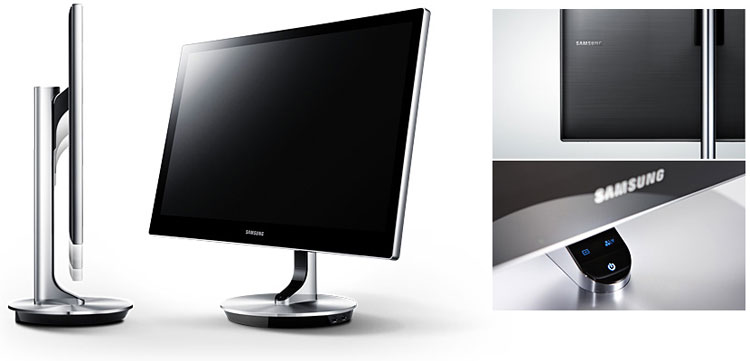Conclusion In principle, the U2713HM is a successful all-round monitor. There are hardly any areas in which the monitor could seriously be criticised.
With the new AH-IPS panel, LG and Dell, show how an LED monitor should be built these days. The teething problems experienced with LED technology, such as poor colour space coverage and image homogeneity, seem to have been overcome. The screen works well and appeals to users with neutral colour reproduction in the factory settings, since it is pre-calibrated.
Thanks to the power control of the backlight LEDs, even users who are sensitive to flickering have no reason to avoid this monitor, in spite of its LED technology. The response times are sufficiently short to ensure that only hardcore gamers should perhaps think twice before choosing this model.
Thus, the U2713HM is suitable for a wide range of applications. Office, occasional gaming and film usage are no problem. The monitor is also suitable for image editing – ambitious users can improve the already good colour reproduction a little by calibrating the monitor. However, the user is restricted to the sRGB colour space, although coverage here is exemplary.
This aspect represents one of the most significant differences between this model and the
U2711, whose very extensive colour space also largely covers AdobeRGB. The U2713HM also lacks this latter model’s card reader and additional video inputs. However, in a time when digital signal transfer via HDMI has become the absolute standard in the AV sector, this last point, at least, can be borne rather easily.
Otherwise, both models deliver very similar results – the difference being that the initial price for the
U2711 was about 1,000 Euro, whilst the U2713HM can already be bought for around 650 Euro. At the moment, this is about the same as the price for the
U2711; however, in our experience, the retail price will be considerably lower than the initial price within a few weeks.
All in all, the U2713HM has no need to hide behind the highly praised U2711– the newcomer can match its performance in many areas. In terms of power consumption, it is clearly ahead thanks to its LED technology. Only for professional graphics editing outside of sRGB is the
U2711 the better choice due to its more extensive colour space.
And so, the oft-asked question of whether the
U2711 or the U2713HM is the better monitor seems simple to answer: they are both outstanding monitors. Users who want a large, inexpensive monitor and work in the AdobeRGB colour space will inevitably choose the
U2711. All others will simply be spoilt for choice.
(Editor’s remark) Interested readers will see that the
U2711 received a rating of "good" in our test, whilst the U2713Hm received a "very good". As we mentioned in our conclusion, both monitors are outstanding. At the time of the test, the
U2711 did not perform completely convincingly when we tested external video playback, which caused it to miss out narrowly on a rating of very good. Sometimes, things can change in the blink of an eye.
Overall rating: VERY GOOD









